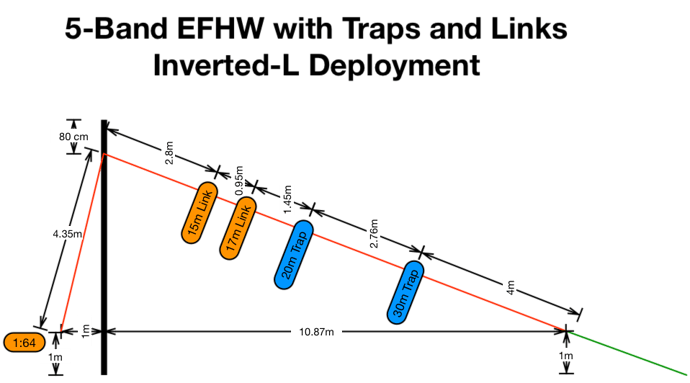Btw: I think that this thread is useful encouragement to try 17 and 15m.
Personally, I will consider carrying my MTR5B to suitable summits this summer.
The antenna I will most likely use is a hybrid of traps and links (traps for 40/30/20m and links for 15 and 17m).
See here: End Fed 40, 20, 10m resonant antenna - #22 by DK3IT
73 de Martin, DK3IT
